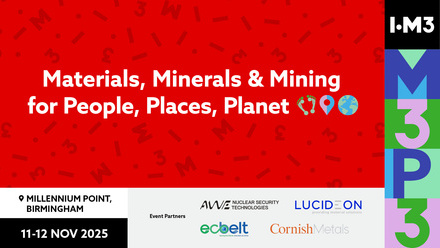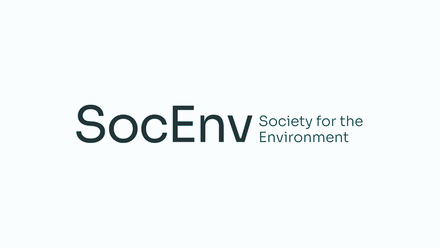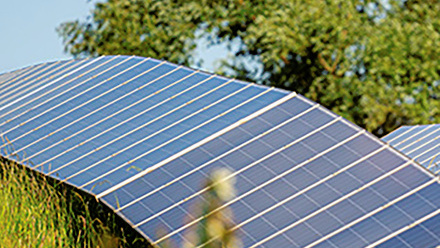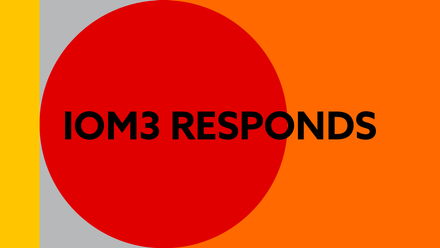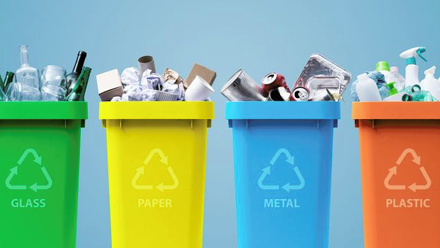Packaging EPR, what do you need to know?
View on-demand, this webinar took place on Wednesday 19 January 2022.
Please login or create your My IOM3 Account to access this on-demand webinar.
This webinar looked to demystify EPR and what it really means for you. Hear from our expert panel as they discussed the latest updates on EPR, what it really means for businesses, what changes we can expect and when, and what you can be doing to prepare.
EPR webinar: summary of Q&A
There were a number of questions asked during the webinar that we were unable to get to in the time, below is a summary of some of those questions and the answers as we currently expect them to be.
Recycled vs Recyclable
[Q] There were a number of questions around the intention of the scheme and what it is likely to mean regarding recyclability and differentiation between materials.
[A] The intention of the legislation is to reduce the amount of non-recyclable packaging that is put onto the market, this has already been the direction of travel for many .
For example, Tesco have been working for 4 years to move their own brand packaging to be fully recyclable which has involved significant investment. As a retailer they are also about bringing the brands that they sell into line, to make the material changes to ensure that ALL of their packaging is recyclable, and they have given them time lines to land this.
[Q] Will the pricing to consumers reflect the recyclability of the packaging they are buying? i.e. a plastic bottle (easy to recycle) vs a tetra pack (difficult to recycle)
[A] This is likely to be covered in the modulated fee – it will be up to the producer as to whether they choose to pass the difference on to the consumer or not
However even if all packaging material is recyclable we need to ensure the infrastructure to collect, sort and recycle is there. It will still need money to collect packaging whether it is recyclable or not.
Scheme differentiation between materials is likely to be a mixture of recyclable, widely collected for recycling, can be sorted and reprocessed and there is a market for it, the actual recycling rate of a material is likely to be a factor
Funding
[Q] A key objective of the new EPR is to fund the separate collection of packaging by local authorities (municipalities). What about the funding of collection and management of packaging from the professional sectors (commercial / industrial packaging) that are typically not collected by municipalities (e.g. packaging from the agriculture sector). If some producers or sectors wish to establish their own collective EPR scheme for some specific commercial/industrial packaging, would that be allowed under the new EPR?
[A] EPR applies to household and business packaging. It is highly likely that self managed collection and recycling will contribute to fulfilling your EPR obligation
[Q] How does this relate to the UK Plastic Packaging Tax coming into effect in 2022?
[A] The two are not really related - they are part of the suite of packaging reforms - though the PPT means that recycled content is unlikely to be a factor in determining modulation for EPR
Imports
[Q] For finished products imported from Far East which are palletised and wrapped in stretch film, what are the obligations for the importer, as the manufacturer of the packaging will clearly be outside UK ?
[A] Importers are not expected to be exempt and will (probably) have to register and declare in the same way as UK based producers
[Q] Do you have any thoughts on how EPR is likely to impact regions that export to the UK? And, from your experience, who do you think is most likely to be caught out?
[A] It feels like the grocer sector is generally well aware of the impacts but we think this is less well understood in other areas. Just thinking about recent Christmas purchases, importers of toys and consumer electronics are likely to get a shock.
Chair:
Speakers:






